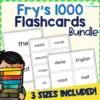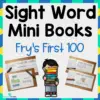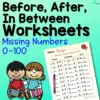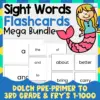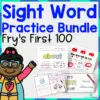Water is versatile and can take on liquid, solid, and gas states. It is essential to life and covers more than half of the surface of our planet. Explore water differently with these ten activities that will pique children’s curiosity.
Children will have fun as they discover and learn more about water.
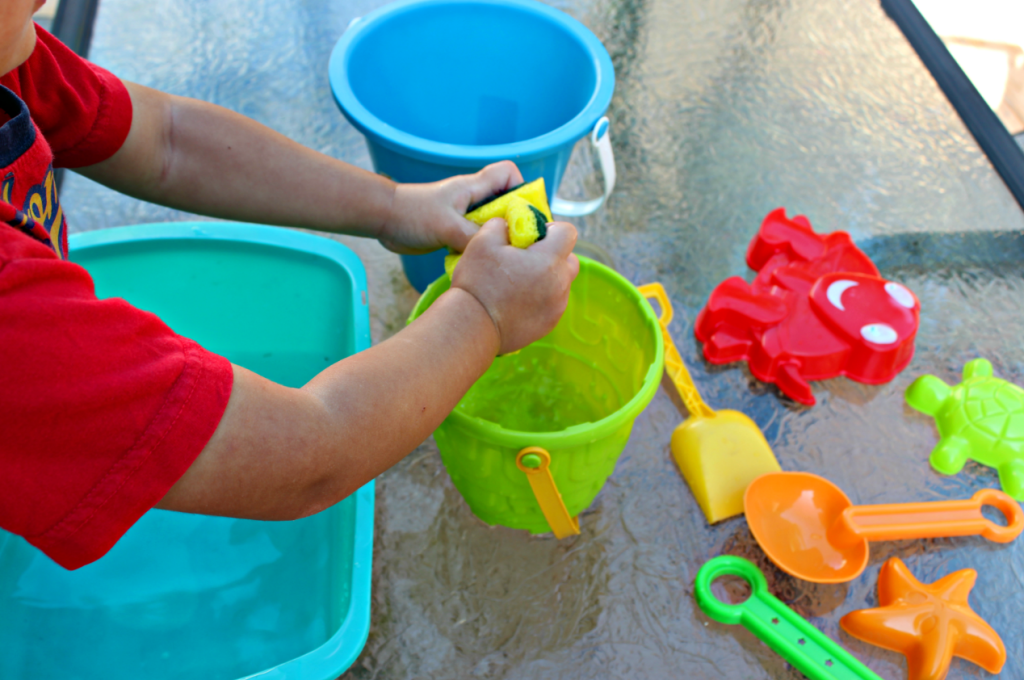
Transferring water is an excellent activity outdoors, especially during the summer. Children will strengthen their hand muscles as they squeeze the sponges. It will also allow them to develop hand-eye coordination skills as they fill the containers.
Turn this into a STEM activity, allowing them to investigate and test different hypotheses. Let them find out which tool-scoops, shovels, or sponge- can transfer water the fastest.
Have them find out how much water is wasted during transfer by using a non-standard form of measurement before and after transfer.
Place a large bin filled with water on a table. Place various sizes of water containers close to it. The site suggests using small buckets, cups, and large bowls.
Next, have the child soak the sponge in the water and transfer the water to any of the containers.
Modify this activity by placing the containers a few feet away from the bin with water to make it more challenging.
For this activity, you will need:
- Various water containers
- Sponges
- Water
- Shovels or scoops
For more information on this activity, go to LiveWellPlayTogether.com.
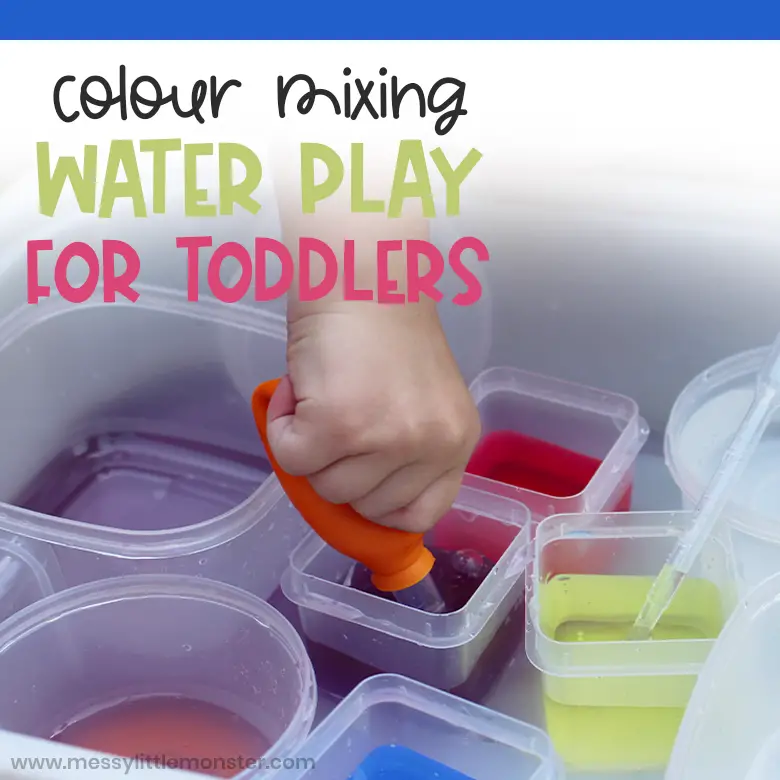
Set up this color mixing station in centers or for an outdoor activity that provides a wonderful sensory experience. Children will learn how new colors can be created by mixing primary colors.
Using pipettes to transfer colored liquid from one container to another will help build fine motor skills and coordination. It will strengthen hand and finger muscles and improve dexterity.
The book “Little Blue and Little Yellow” by Leo Lionni is a perfect story to read for this activity.
Place small food containers in a large bin and add water to the three containers. Add a few drops of yellow, blue, and red in each of these and mix.
Next, provide pipettes for children to use for transferring liquid. Have the children choose two colors and transfer them to an empty container. Ask them to observe what will happen once both colors are mixed.
Repeat this step using other color combinations.
For this activity, you will need:
- Large bin
- Food containers
- Food color
- Water
- Pipettes
For more information on this activity, go to MessyLittleMonster.com. Also, you might want to check out more color mixing activities we rounded up!
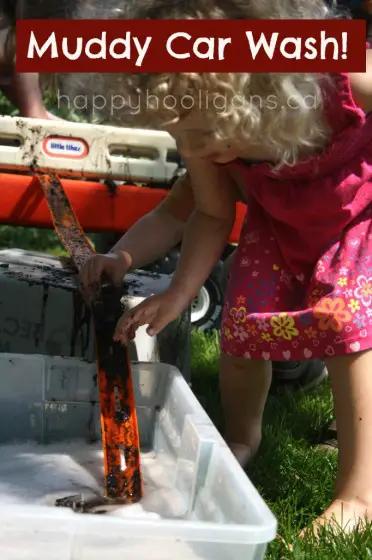
This sensory activity helps explain that water is an excellent solvent. It can dissolve dirt very well. Set up a car washing station outdoors for a perfect summer activity.
This activity is perfect for transportation unit study, water-themed lessons, and to teach the opposites-clean and dirty.
Prepare two sections for this activity in advance. Use one bin for the mud pit and the other for the washing area. Mix some potting soil, sand, and water in the first bin until a thick mixture is formed.
In the second bin, add enough water and squeeze some liquid soap. Mix these well to form a foamy solution. Place the bins a few feet apart on the ground. Connect these using toy car tracks.
Have the children dunk their cards in the mud pit and make these travel on the toy car tracks to get to the washing area. Have them wash the cars in the soapy bin to clean them.
For this activity, you will need:
- Large bins
- Toy car tracks
- Water
- Potting soil
- Sand
- Liquid soap
- Toy cars
For more information on this activity, go to HappyHooligans.ca.
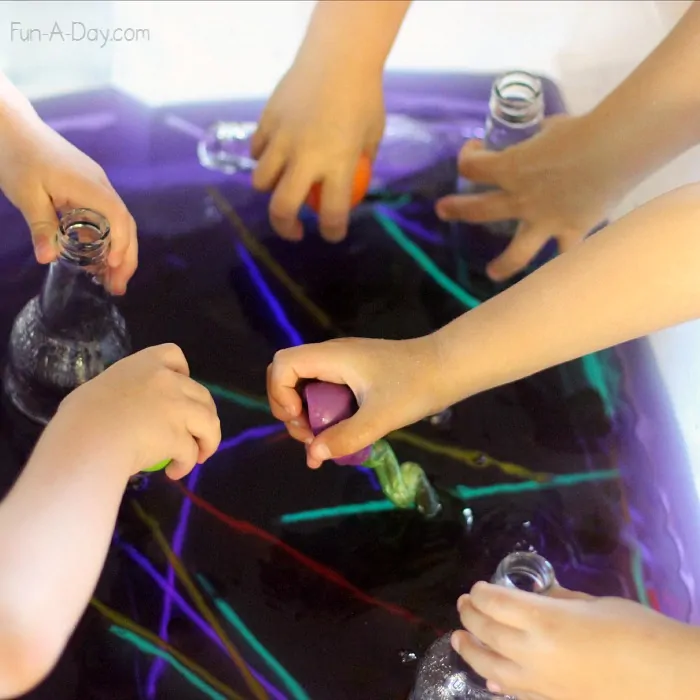
This space-inspired water play activity will provide hours of fun and a fantastic sensory experience for children. Perfect for space unit study, this water bin is an excellent alternative to the usual sensory bins.
The use of glow sticks will help children learn color recognition skills. Transferring water using droppers, funnels, and syringes into bottles will help strengthen children’s hand muscles. It will also enhance their fine motor and eye-hand coordination skills.
Pour water into a bin but not full. Add drops of liquid watercolors that will resemble outer space. The site suggests using black and glittery purple for this activity. Mix well.
Next, activate the shooting stars as glow sticks and add them to the bin. Add the marbles that resemble planets. Place the droppers, funnels, syringes, and bottles on the bin’s side.
Have the children play with water transfer using the tools on the side. Let them find the planets and shooting stars and count them.
For this activity, you will need:
- Large bin
- Empty bottles
- Twisty eye droppers
- Marble
- Glow sticks
- Liquid watercolors
- Funnel
- Syringes
For more information on this activity, go to Fun-A-Day.com.

The water balloon piñata is an excellent way to cool down in a scorching summer. It is perfect for outdoor activities, summer parties, and water play.
Hitting the balloon is a great practice to improve children’s eye-hand coordination skills while strengthening their arm muscles as they swing the stick. Use different colors of balloons to teach color recognition skills.
Fill the balloons with different amounts of water to create different sizes to teach big and small.
Fill the balloons with water and tie the ends tightly to secure them. Attach the balloons with string and hang them in a row. Provide a stick for the children to use and have them take turns hitting the water balloons until it explodes.
Make the game more challenging by asking children to look at and hit a particular color or size of a balloon. This is a great way to help children improve their focus and scanning ability.
For this activity, you will need:
- Balloons
- String
- Stick
- Water
For more information on this activity, go to RedTedArt.com.
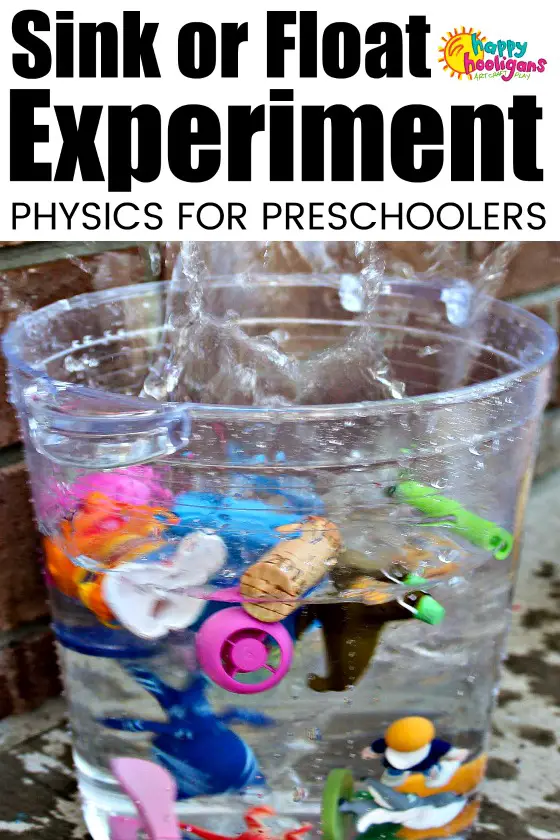
This activity explores the concept of density through a Science experiment. This hands-on activity makes a great sensory experience for children. It will help develop observation and critical thinking skills.
It is perfect for the outdoors in the summertime but can also be done indoors using a large basin or in the bathtub.
Prepare a large container like a plastic tub and add enough water but not full. Mix the jello to add an extra sensory element to the activity.
Next, have the children find waterproof objects that can be used, such as coins and corks. Ensure that the things will fit inside the container. The site suggests playing a game of scavenger hunt for this step.
Ask children what will happen to an object once placed inside the tub. Let them test their hypothesis and observe the results.
Extend this activity by having children group the objects at the end of the experiment into categories.
For this activity, you will need:
- Waterproof toys and household items
- Water
- Plastic tub
- Drinking straws
- Jello
For more information on this activity, go to HappyHooligans.ca.
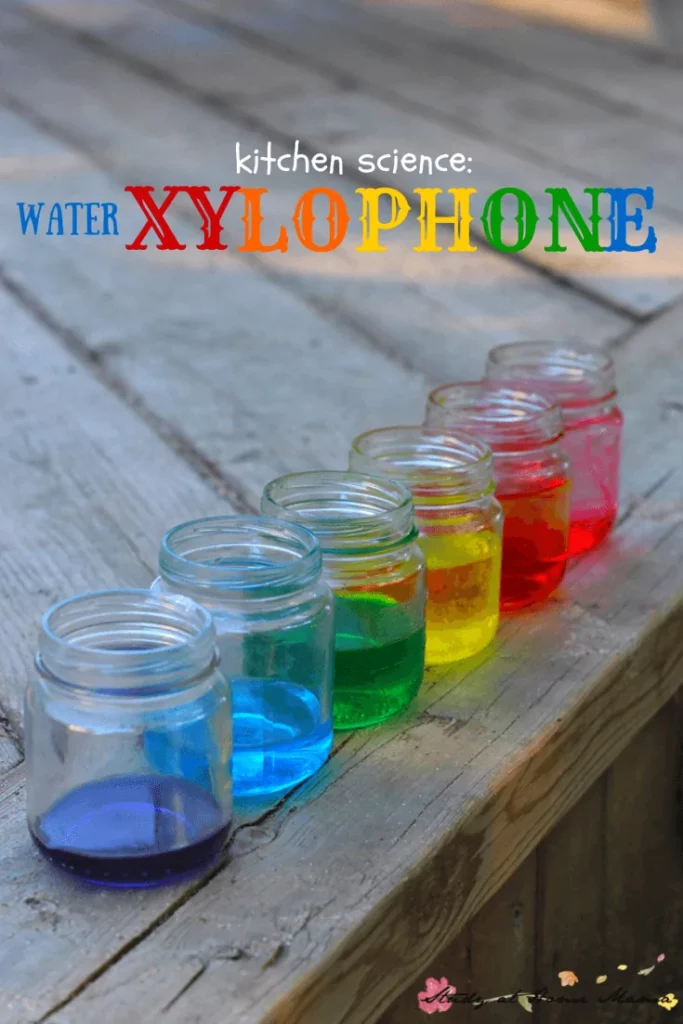
Repurpose old jars to make a delightful musical instrument for children to enjoy. This xylophone made from jars imparts a multi-sensory experience.
Children will improve their auditory skills by distinguishing the different pitches the xylophone creates. They can also learn color recognition with the use of colored water. It is a great activity to teach seriation and measurement.
Ensure that the jars are clean for this activity. Wash these and take off the labels. Next, line up six of the jars and use the measuring cup to add water. Have children fill the jars with half to one-ounce increments, depending on the jar size.
Next, have the children add a few drops of food coloring to each jar following the order of the rainbow colors. Ask the children to hit each jar using the xylophone striker gently. Let them find out which of the colored jars makes the high or low pitch.
For this activity, you will need:
- Small jars
- Food coloring
- Water
- Measuring cup
- Xylophone striker
For more information on this activity, go to SugarSpiceAndGlitter.com.

Water, like other liquids, does not have an exact shape. It takes the shape of the container it is in. Have children explore this characteristic of liquid with this Science experiment to help them discover facts about water.
Transferring water to different containers will help strengthen children’s arm and hand muscles while helping them improve their hand-eye coordination skills. This activity will also help develop observation and critical thinking skills.
Fill the pitcher with water. While optional, a few drops of food coloring may be added to help children visually distinguish the water from its container better.
Have the children pour the water into different glass containers using a funnel. Assist children if necessary. Have them observe how the water varies in shape depending on its container.
Have the children record the shape of the water in their Science notebooks. They may draw and color the vases and jars to document their observations.
For this activity, you will need:
- Pitcher
- Water
- Glass blows, vases, and jars
- Funnel
- Towels
- Science notebook
For more information on this activity, go to StirTheWonder.com.
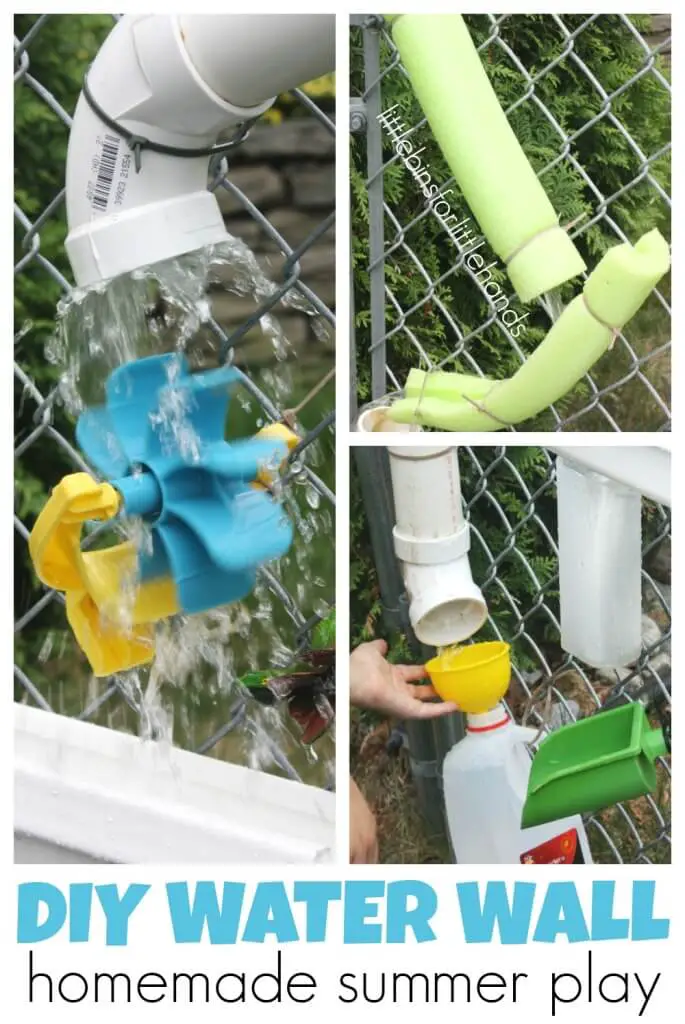
Watching water move is a satisfying activity. Create a water wall to help children visualize water flow. This STEM activity challenges children to create a system for water to move using different materials that can be attached to a wall.
An excellent activity for the summer and outdoors, it will also help develop observations and visual tracking skills.
Show children different pictures and videos of water walls so they may find inspiration for their design.
Inform children that they must make the water travel from the top through a pathway that will end up on the ground. Next, have the children design their water wall using the materials on hand.
Assist children in attaching the pipes, rain gutter, plastic tubing, and other materials on the wall or fence. Use zip ties to secure these pieces.
Test the water wall by pouring some water from the top part. Catch the water on the ground by placing a bin or bucket.
For this activity, you will need:
- Rain gutter
- Plastic tubing
- Zip ties
- PVC pips and joints
- Plastic recycled containers
- Pool noodle pieces
- Shovels
- Water wheel
- Funnels
- Dinosaurs
- Bucket
- Scoops
For more information on this activity, go to LittleBinsForLittleHands.com.
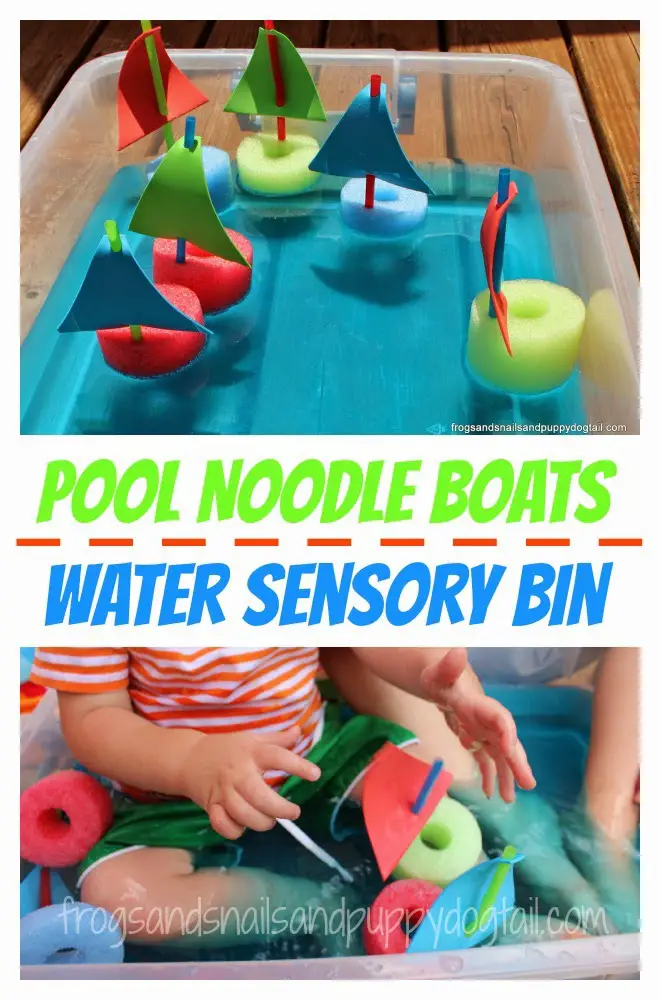
Turn sensory bins into an incredible water play for children to beat the scorching heat of the summer. Making these pool noodle boats will help develop their fine motor and eye-hand coordination skills.
Make this into a STEM activity by asking children to find ways to make the boats move faster. Ask them to blow with their mouths, use a straw, or fan the boat with paper.
Find out which makes the boats move the fastest and which strategies will enable the boat to move in a straight direction.
Slice the pool noodles into several pieces. Outline triangles on foam sheets, and let the children cut these up. These triangles will become the sails of their boats. Next, have them punch holes in the top and bottom parts of the triangle and insert the straw.
Next, poke a hole in the pool noodle pieces and insert the sail. Place this in the bin filled with water.
For this activity, you will need:
- Pool noodles
- Drinking straws
- Foam sheets
- Hole puncher
- Scissors
- Large bin
For more information on this activity, go to FrogsAndSnailsAndPuppyDogTail.com.
Conclusion
Water is one of the most abundant resources we have in the world. These fun and engaging activities allow children to learn more about water by exploring its characteristics. Consider these in your next water-themed lessons.
Thank you for reading. Come back and check out our other activity articles soon.
See more Science resources and activities:


